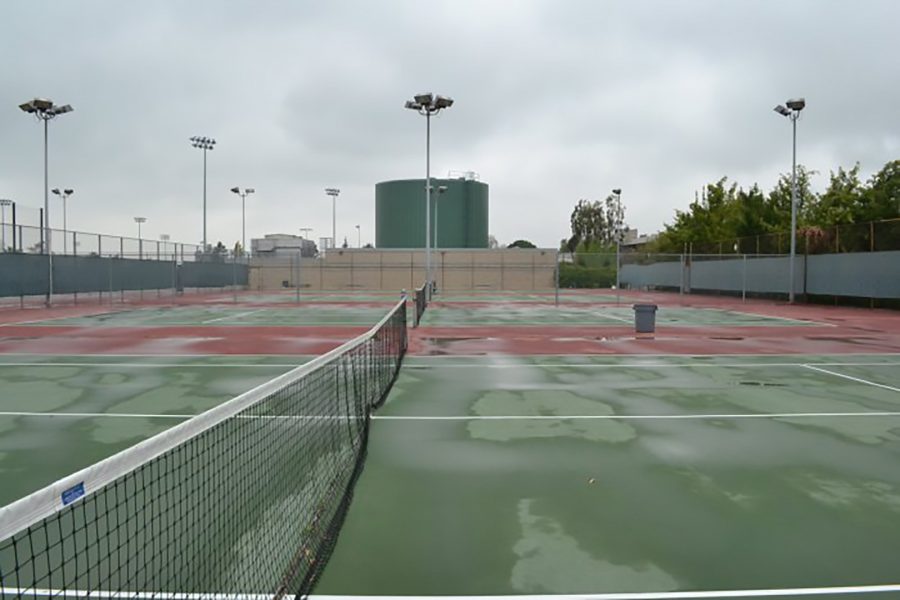Tennis can be a strange sport, whether it is professional or collegiate. The
biggest confusion spectators have with tennis is its’ unique scoring system.
This is mainly due to all the different points awarded and the way they are organized, categorized, and shown on the board.
Broken down as simply as possible there are games, sets, and a match.
Each game consists of at minimum four winning-shots. Once a game is won
one point is given to the winning player. These points go onto the board under a single set.
To win a complete set a player must win at least seven games before their
opponent. The player whom secured either the best two-out-of-three sets, or the best three-out-of-five sets wins the overall match. When all is said and done, the final score on the board will look something like this:
1 2 3
Player 1: 2 5 0
Player 2: 4 1 6
Or like this:
1 2 3 4 5
Player 1: 6 1 4 1 4
Player 2: 0 5 2 5 2
However, at the end of the day, no matter how competitive each set was, the
only thing that would go on record is a win or a loss.
College tennis is a bit cruder when it comes to the official scoring system.
There are anywhere from five to eight courts playing at a time, making an official score board too difficult to use. Each court has a small set of scorecards that track the different games and sets. But, when the individual matches are over, the only thing left to be seen is the win or loss, denoted by either “0-1” or “1-0.”
Earlier in their season Mt. SAC Men’s Tennis took the court for their third
matchup against the El Camino Warriors. The Mounties ultimately lost 7-2, but the score did not necessarily reflect just how competitive the entire match was.
Head coach Tim Pawley commented: “Tennis is misleading because at the point system that we play off of you can have very close matches individually,” he said.
“At the end of the day it might say ‘9-0,’ but every single match went to three sets” (Mt. SAC plays on the best two-out-of-three system).
Coach Pawley pointed out that even though the score looked like a big win
for El Camino, the Mounties competed for every single point. “Today’s match was very close as far as the individual set were concerned…I was very proud about that.”
“[Tennis] is mainly a mental match, it’s a mental game in total.”
As shown, the final score of a tennis match does not accurately display the
grit and fight put into every point. It also does not tell just how long the grueling matches can be. In this particular meeting, the entire match took just over three hours to conclude.
Regardless of the somewhat misleading final score, the Mounties fought hard the entire match, which ran longer than most collegiate tennis matches. Two players that played nearly the full three hours were the only sophomores on the team, Brendan Narvaez and Matthew Diamond.
Narvaez and Diamond are doubles partners and their match lasted longer
than any other. They ended up losing the back-and-forth battle, and even though it was a nail-biter of a match, the score concluded as “0-1.” After a short break, about 10 minutes, the players took the court again for their single matches. Again, the two longest-lasting matches belonged to Narvaez and Diamond.
This time however, they both came out on top, accounting for Mt. SAC’s two victories of the day.
Freshman Johnathon Munoz, on of the Mounties’ premiere players
commented, “[Tennis] is mainly a mental match, it’s a mental game in total.” The mental aspect of the game refers to the mental fortitude necessary to be anywhere close to successful in the sport. To go back and forth with a single opponent for over and hour on burning legs takes an exceptionally strong mind and ironclad will.
It takes an even sturdier mentality to go through all that effort and fight for every single point and to see the final score come out “7-2,” not reflecting one bit the amount of effort put into the match.



